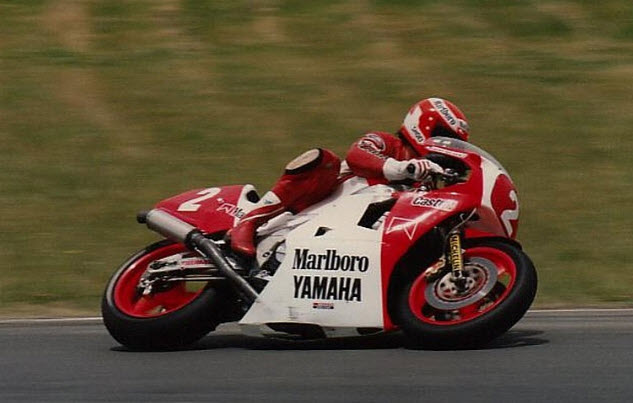

The American Motorcycle Museum opens with a collection of over 140 motorcycles.
Most of the bikes are Harley-Davidson and Indians, but the collection also includes motorcycles from Ace, Excelsior, Henderson, Reading Standard, Thor, Super X and a rarely seen, little known Rikuo (1930's Japanese Harley-Davidson).
Shortly after museum proprietor Max Middelbosch and his wife Ans bought their first Harley-Davidson, a 1980 Electra Glide, Max became an antiques dealer resulting in extensive travelling. Which in turn resulted in a fast growing motorcycle collection. Soon Max and Ans had visitors from all over the world showing up to take a look at their the home-basement motorcycle collection.
Realizing that they were in need of a little more space (not to mention a little more privacy), in 1988 they decided to restore their 1434 farmhouse (and yes, 1434 is a year not an address!) next to their company ‘De Drakentoren’, to house the collection. This interesting thing about this American Motorcycle Museum is it is in the town of Raalte, the Netherlands.
Raalte is approximately 58 miles east of Amsterdam, almost in a straightline. Everyone here recommends that the next time you're heading to Amsterdam take a little time out and go see this museum. Don't worry, Bulldog will still be open when you get back.























.jpg)



















